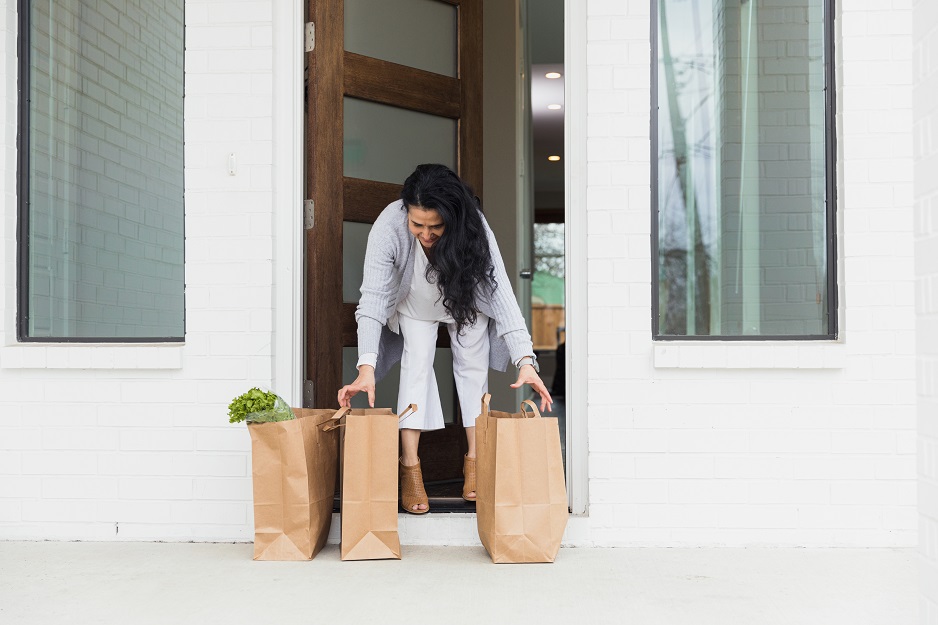
Sending food as a gift this holiday season? You have plenty of options for sending food to others: mail-order food, subscription meal kits, home-delivered groceries, restaurant deliveries, and home-cooked food. Follow these tips to make sure you are spreading holiday cheer and not germs to your friends and family.
Learn about the food delivery
- Check a restaurant’s inspection report at your health department’s website.
- Research delivery companies to find out their food safety practices.
- Make sure they use insulated packaging and materials such as dry ice or frozen gel packs to keep perishable food cold in transit.
- Make sure they keep hot and cold foods separate from one another during delivery. Hot food should arrive hot, and cold food should arrive cold.
- Follow these tips to package and ship perishable foods you prepared at home:
- Ship in a sturdy box with a cold source like frozen gel packs or dry ice.
- Send packages at the beginning of the week so they do not sit in the post office or mailing facility over the weekend.
- Learn more about using dry ice and mailing foods prepared at home.
Talk to the person you’re giving food to:
- Find out if they will be home when the food is delivered so they can refrigerate it quickly, if needed. Perishable food or cooked meals can cause food poisoning if they sit out for more than 2 hours (or 1 hour if exposed to temperatures higher than 90°F (32°C), such as in a hot car). Germs that cause food poisoning multiply quickly when food is in the “danger zone” between 40°F (4°C) and 140°F (60°C).
- Tell them how their food should arrive. Perishable food that has been shipped should arrive frozen, partially frozen with ice crystals still visible, or at least as cold as it would be in a refrigerator (40°F (4°C) or below when measured with a food thermometer). If food arrives above 40°F (4°C), it should be thrown out.
- Make sure they know how to store the food. All perishable items should be stored in the refrigerator or freezer as soon as possible.
- You may want to share food safety tips for preparing and cooking the food and storing leftovers.

